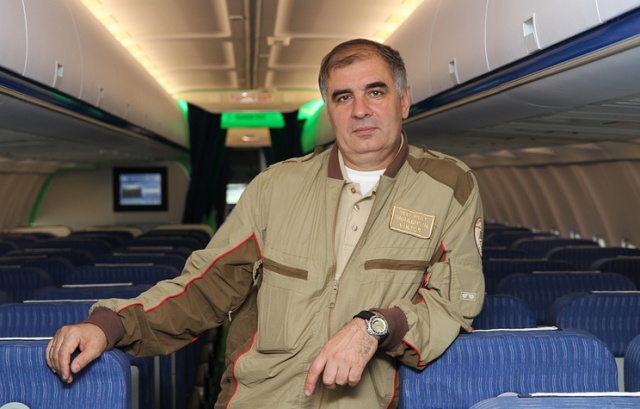On the Day of Long-range Aviation, we publish an interview with the Honored Test Pilot of Russia On December 23, Russia celebrates the Day of Long-range Aviation.
This is a professional holiday for pilots and military personnel related to long-range aviation of the Russian Air Force. It is on the "dalniki" that the air component of the country's nuclear triad is held. On the eve of this day, Honored test pilot of Russia, chief pilot of PJSC Tupolev Viktor Minashkin told in an interview with TASS about working in the famous design bureau, the difference between test pilots of civil and military aircraft, and also shared his opinion about the most famous bombers of the Tu brand.
A childhood dream
Viktor Minashkin has been testing Tupolev planes for more than 30 years. The total flight time of the chief pilot of PJSC "Tupolev" is over 7 thousand hours. The pilot has conducted test flights of the highest complexity category, including tests of Tu-22M3 aircraft, a test cycle of Tu-334 for dumping, as well as in conditions of possible failures. Participated in the tests of the Tu-160 and a number of other machines.
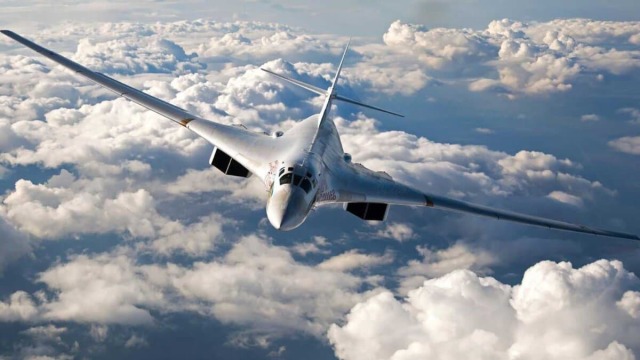 |
| Tu-160. |
| Source: UAC |
In 2015, the test pilot of the Zhukovsky Flight Testing and Finishing Base (a branch of PJSC Tupolev) was awarded the Order of Courage for the dedication shown during the testing of aviation equipment in conditions involving a risk to life. Currently, Viktor Minashkin heads the flight services of PJSC Tupolev.
As the test pilot tells, he dreamed of becoming a pilot since childhood. Once he happened to fly with his parents from Sverdlovsk to Moscow. The flight made such a strong impression on the boy that he decided to become a pilot at all costs and achieved his goal. "At that time I didn't know anything about the profession of a test pilot, as they say, from the word "absolutely". For the first time I thought about test work, already being a fighter pilot. So, we can say that the dream of flight test work appeared and grew along with my professional growth as a pilot," says Viktor Minashkin.
The pilot has been working at the Tupolev Design Bureau (now PJSC Tupolev as part of the United Aircraft Corporation (UAC) of Rostec State Corporation) since 1989 after graduating from the test pilot school in Zhukovsky. At that time, a practice was adopted in which representatives of design bureaus looked closely at students during training. They evaluated both professional and personal qualities of future test pilots. In addition, to assess the level of flight training with the selected candidates, test pilots of the company performed control flights.
"Actually, that's how I was chosen. I was evaluated professionally in flight by test pilot Valery Pavlov. I think the information about personal qualities was received from Alexander Muravyev, my instructor at the test pilot school and my senior comrade with whom I served in the Air Force units, Sergei Abramov, he was already working at the Tupolev company at that time," Viktor Minashkin notes.
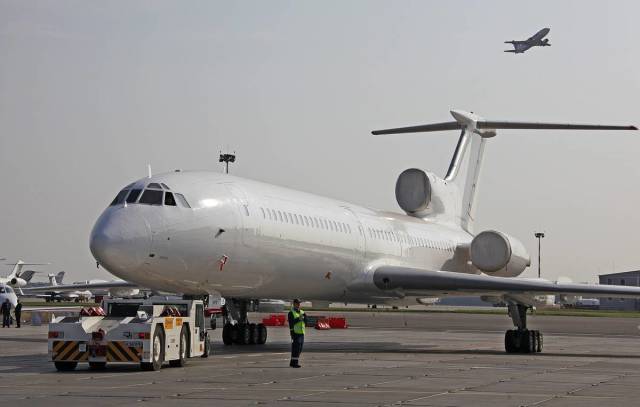 |
| Tu-154 aircraft. |
| Source: Marina Lysseva/ TASS |
The pilot admits that he has always been greatly impressed by the scale of the personality of the creator of the Tupolev Design Bureau — Andrey Nikolaevich Tupolev. In addition, even in the process of training, Minashkin singled out Tu-branded aircraft for himself. "At the test pilot school, we were trained on 15 types of aircraft. Not on the ground, but in the sky, they received knowledge about the aircraft of all companies, with the exception of Myasishchevskaya. Tupolev Design Bureau presented Tu-134 and Tu-154 aircraft at the school. So I was able to feel what kind of planes Tupolev built in flight. When I received an offer to work at the Tupolev company, there was no doubt about the choice," the specialist admits.
The life credo of the Tupolevs
The Tupolev Design Bureau is the oldest aviation experimental design bureau in Russia and in the world - it celebrated its 100th anniversary on October 22, 2022. Over the years of its existence, the bureau's specialists have developed more than 300 projects of aircraft, small vessels and aerial sleds.
In the quotation book of the outstanding aircraft designer A.N. Tupolev there is a phrase: "Our country needs such a strong aviation that no one dares to approach our borders." According to Viktor Minashkin, this expression — even if it is not hung on the walls as a slogan — is still the credo of life for each of the bureau's employees. "It has always supported every Tupolev citizen, helped to do their job well in difficult times when the importance of strategic aviation was underestimated. In the light of recent well-known events, this phrase is filled with a new meaning. Enemies should be met as far as possible from our borders," the test pilot emphasizes.
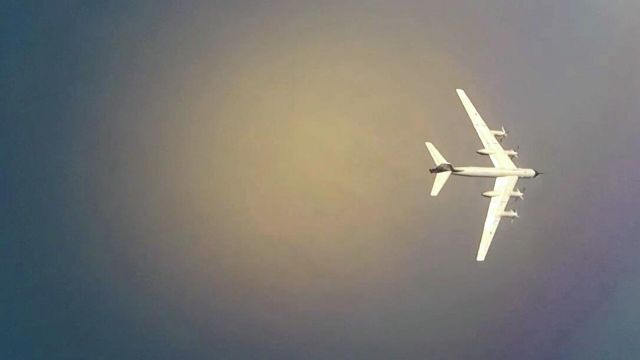 |
| Strategic bomber-missile carrier Tu-95MS of the Russian Aerospace Forces during a joint Russian-Chinese air patrol in the Asia-Pacific region. |
| Source: Ministry of Defense of the Russian Federation |
One of the main professional tasks of a test pilot is to determine the shortcomings of an aircraft before it is put into serial production. Also, during the tests, the pilot must work out the control system of the car and all possible emergencies in the sky. To date, the main direction of development of PJSC "Tupolev" is associated with strengthening the defense capability of Russia. The company produces and modernizes long-range aircraft Tu-160, Tu-95MS, Tu-22M3, and also develops new aircraft systems.
As Minashkin notes, a certain difference in the tests of civil and military equipment still exists and is due to differences in the guidelines for conducting tests in these types of aviation.
Chief pilot of PJSC "Tupolev"
Aviation beauty and pride of Russia
During his time at the Tupolev Design Bureau, Minashkin participated in the testing of ten types of aircraft. "If we take into account the modifications, their number is 29. The total flight time is more than 7 thousand hours. Most of all, I remember those on which complex types of tests were carried out, such as the behavior of the aircraft at high angles of attack and stall, for example, the Tu-334, as well as the Tu-204CM first lifted into the air," says the tester.
According to the pilot, the maximum altitude he has visited over the years of practice is about 25 km on a MiG-25 aircraft. "On Tupolev machines, I climbed to a height of about 15 km on a Tu-22M3 aircraft. The cars behaved as they should. For the MiG-25, it was a dynamic ceiling, and for the Tu-22M3, it was a departure from supersonic flight with a turn to the base airfield," the pilot recalls.
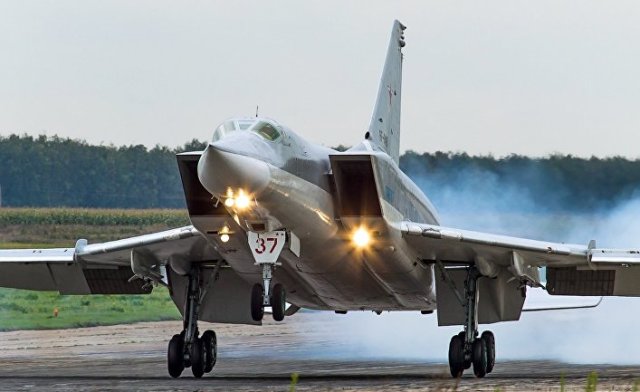 |
| Tu-22M3 bomber. |
| Source: © Alex Beltyukov - RuSpotters Team, CC BY-SA 3.0 GFDL 1.2, via Wikimedia Commons | Go to the photo bank |
The catch phrase of A.N. Tupolev is widely known: "Only beautiful planes fly well." The test pilot claims that professionals understand it literally. "A flying plane is always beautiful. When an aircraft is designed with aerodynamics, durability and practicality in mind, this invariably leads to an aesthetic appearance of the aircraft. So this phrase is relevant today, as it was yesterday, and will be relevant in the future," says Viktor Minashkin.
According to the tester, he himself considers the most beautiful Tu aircraft to be the Soviet, and then the Russian supersonic strategic bomber-missile carrier Tu-160. "And why? Beauty — it does not require justification," says Viktor Minashkin. The machine is the largest supersonic aircraft in the history of military aviation, the heaviest combat aircraft in the world and bears the unofficial name "White Swan".
Many aviation experts believe that the Tu-160 still has no analogues in the world in many respects.
Chief pilot of PJSC "Tupolev"
The legendary "Bear", the Tu-95 strategic missile carrier, is the fastest screw aircraft on the planet and the only turboprop bomber in the world, which has become one of the symbols of the Cold War. And besides, one of the oldest: the flying "Bear" first took to the air in 1952. "I had a chance to test it," says Viktor Minashkin. — This is a very interesting car, which, despite its venerable age, remains in service. The uniqueness of this machine is that the safety margin embedded in it allows it, after modernization, to be a carrier of modern means of destruction and perform the most difficult tasks in the realities of the modern situation in various theaters of military operations."
Signs, traditions and emergency situations
Representatives of each profession have their own signs and rituals. The profession of a pilot is dangerous and risky, so the pilots of the Tupolev Design Bureau are no exception. "Everyone has their own signs and rituals. I have them too, but who will tell about them," says Viktor Minashkin.
The Tupolev pilots also have an unbreakable tradition. "On January 28, we pay tribute to the deceased crew of the Tu-95 aircraft. It has become a tradition. Not only those who continue to work at the Zhukovsky flight test and finishing base, but also those who have retired or moved to another job, gather," says the test pilot. The Tu-95 crashed on January 28, 1982, taking off from the LII airfield for another test flight. The crew of ten people was killed, including the commander of the ship, test pilot Nikolai Kulchitsky.
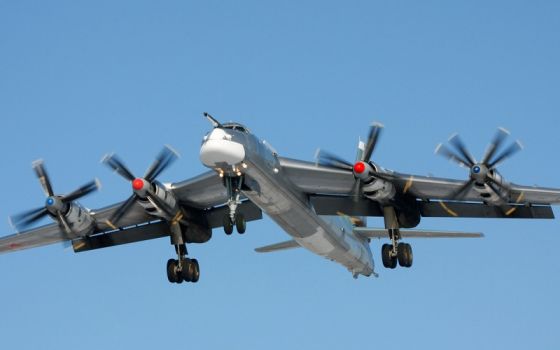 |
| Tu-95MS strategic bomber. |
| Source: Ministry of Defense of the Russian Federation |
The test pilot admits that in his huge practice there were many unusual or emergency situations. According to the pilot's recollections, the most unusual case was when all the speed and altitude indicators failed on one of the first experimental Tu-204SM aircraft. "As a result, it felt like I had to pilot when returning to the airfield. And if at the dawn of aviation, the speed could be estimated by the whistling of the wind in the braces, then it was impossible to do this in the cockpit of a modern liner. The speed on our devices was, to put it mildly, unreliable. On the near drive, the speed according to the instruments was zero," the pilot notes.
Subsequently, it turned out that the reason for the failure of the equipment was the clogging of the air pressure receivers with fluff due to insufficient heating of the receiver structure. "Everything ended well," Viktor Minashkin sums up.
Many test pilots have been working for decades at the same company, because only years and years of work make it possible to thoroughly know the details, the history of the creation of a particular complex, its elements, "childhood diseases". "It's impossible to know everything. But the fact that working at the company for a long time helps in testing and interaction with designers is indisputable," he emphasizes. At the same time, Viktor Minashkin believes that there is simply no limit to perfection in the profession of a test pilot.
To replace foreigners
The pilot also had the opportunity to test the mainline narrow-body Tu-214 aircraft, which are designed to replace foreign Boeing and Airbus. "It's a good car. By the way, the Tu-204CM aircraft with a two—member cabin and a number of improvements aimed at reducing operating costs has already been certified," Viktor Minashkin notes.
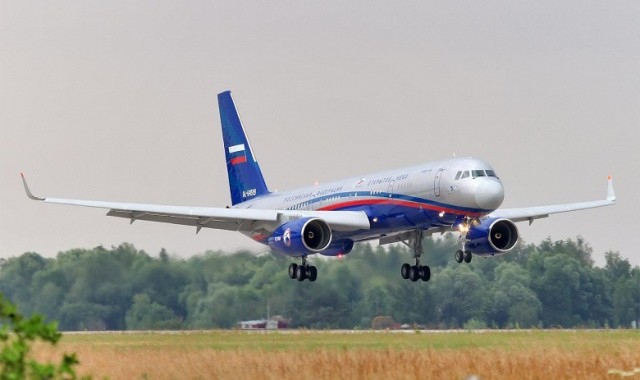 |
| Tu-214. |
| Source: TASS |
The vessel was conceived as one of the aircraft of the whole line: short-haul Tu-334, medium-haul Tu-204/214, long-haul Tu-204-300 and cargo Tu-330. The tester emphasizes that the main thing in this concept is to reduce the operating costs of airlines, which would be achieved by unifying the design and equipment of these aircraft. "Also, the training of the crews was supposed to provide the possibility of flying on different types of aircraft by pilots with minimal additional training," Minashkin adds.
As an example, the pilot cites the Far Eastern airline Vladivostok Avia, previously one of the ten largest in the country. "The practice of Vladivostok Avia has shown that, despite the three—member crew and the relatively large weight of the aircraft, the competent operation of aviation equipment allows you to reach economic indicators no worse than the operation of foreign classmates," the pilot notes. Today, a decision has been made to scale up the production of passenger Tu-214 in the interests of Russian airlines.
Ekaterina AdamovaTASS thanks the UAC press service for the help in organizing the interview
